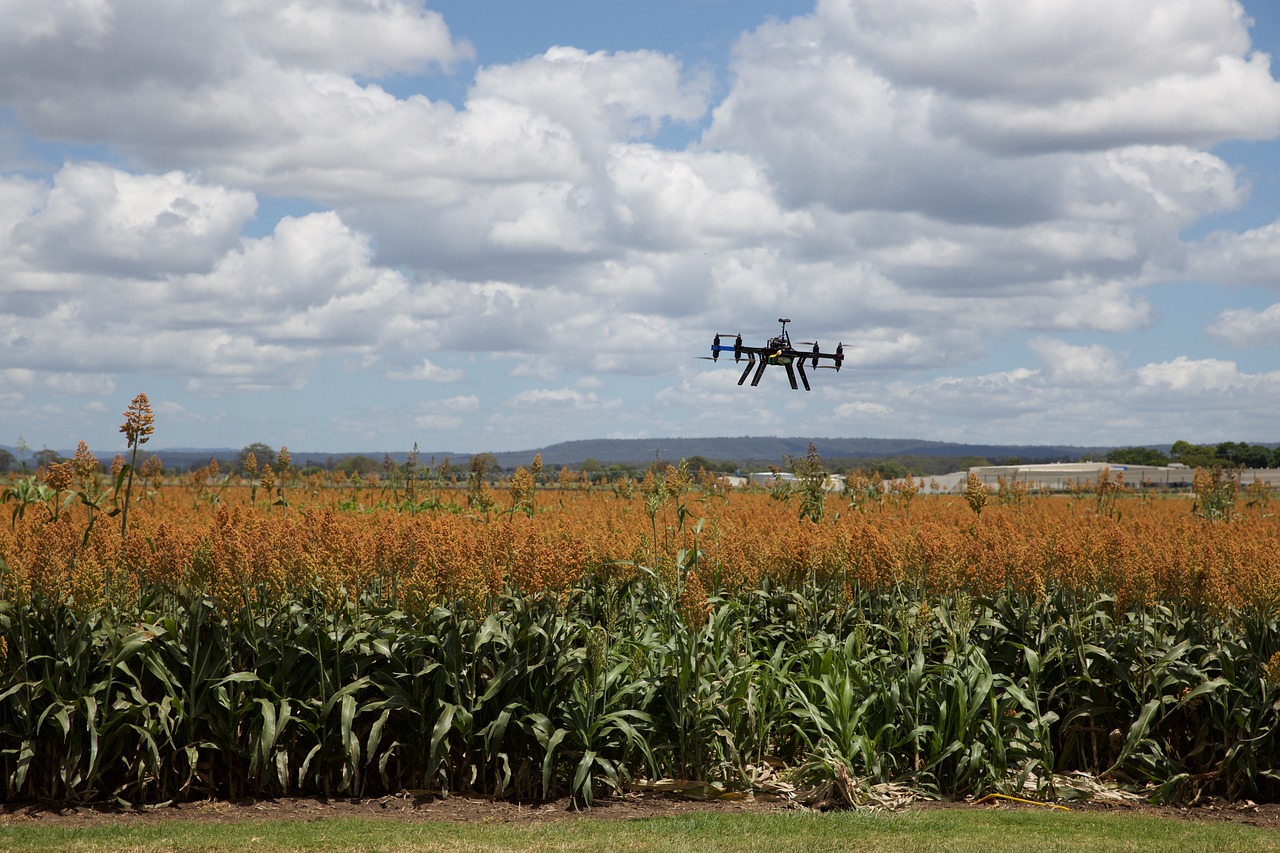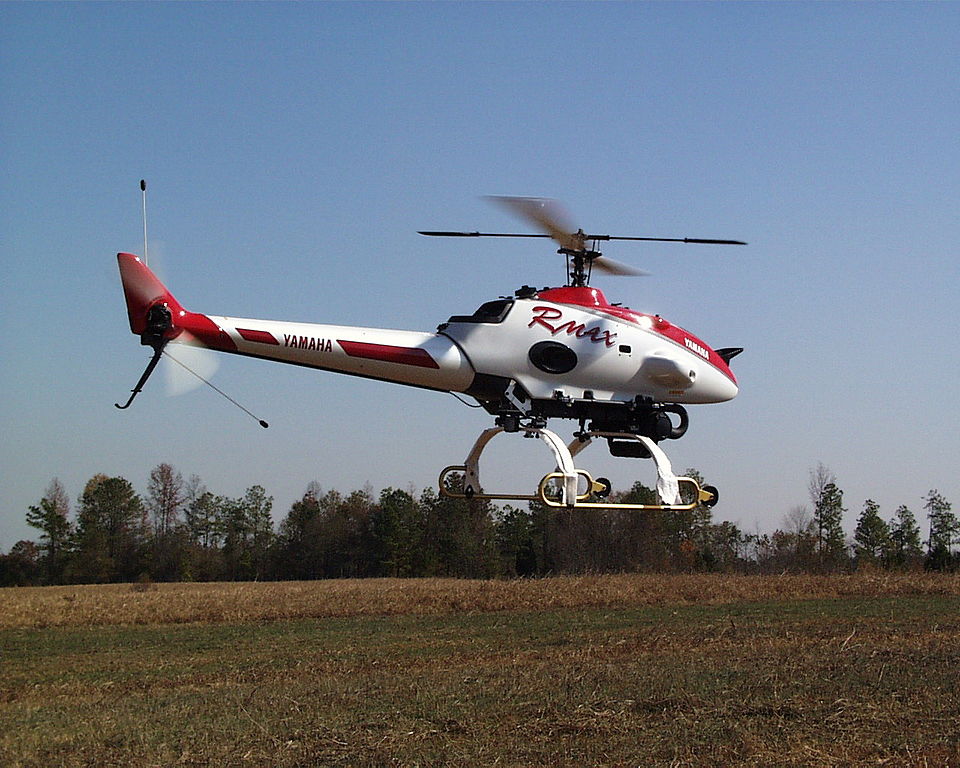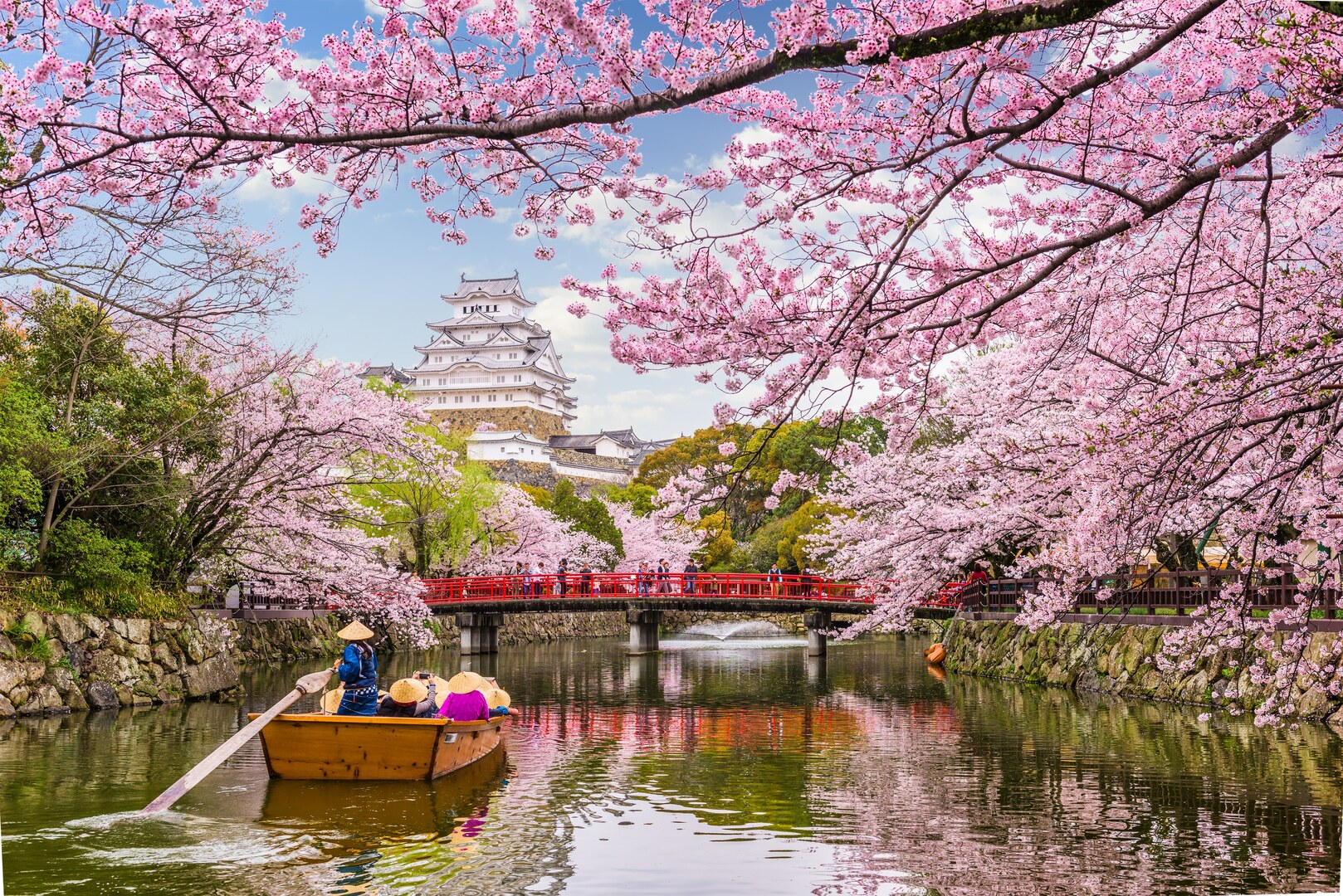
Japan is known for its agricultural sector, especially in the production of rice. As a farming nation, the declining number of farmers is caused by different factors. The aging population of Japan is one of the main problems. With the old not being able to keep up with the back-breaking labor needed, it is up to the next generation to pick up the physical work.
With Japan’s population on a downtrend because of the low birth rates, another problem arises as the number of youth is equally scarce. Moreover, the effort needed to work in the fields is not inviting for the younger generation.
In view of this, Japan has been exerting efforts in industries such as technology to find ways to ease the burden of the farmers. With continued efforts, Japan has found the solution to efficient farming in the world’s most sought-after flying gadgets, the drones.
Drone History in Farming
Drones are a form of Unmanned Aerial Vehicle or UAV. Historically used for military purposes such as for targetting and reconnaissance, it can now be used in different industries such as construction, science, and agriculture, not to mention its filmmaking capabilities.
At the request of the Japanese Ministry of Agriculture, Forestry and Fisheries, Yamaha began developing drones as early as 1983. The R-50 was built in 1987, making it Yamaha’s first utility-used unmanned helicopter. Following the R-50 was the R-MAX, introduced in 1997.
Even during those times, drones were thought of as a way to improve the agricultural field. Another product, the OPTiM Corporation’s AgriDrone, aims to have drones help in reducing labor and improving crop care.

The Yamaha R-Max Drone. Photo by: Gtuav. Licensed under Creative Commons.
Changing Agriculture
Agricultural drones are those specifically used for farming. Its purpose is to help increase the crop production and to monitor the crop growth. With the help of drones, farmers can now relax as these drones will help them in gathering information to produce the best production results with the least amount of effort. The use of drones in agriculture is ingenious as it can effectively lower the costs and efficiently distribute the labor needed. It will also lower the waste of resources as the farmers can now focus on what a specific area needs, whether it be fertilizer or pesticides.
The first of Yamaha’s Drones were used for aerial agricultural spraying, while the OPTiM’s Agri Drone is to reduce the use and waste pesticides. Used at night, this drone has cameras to survey the crops and to eliminate 50 different types of pests. By attaching a pesticide bottle to the drone, infrared and thermal cameras may target the insects while limiting the exposure of the crops to pesticides. It can also gather information about the damages, weeds, diseased plants and mold.
With the advancement of the technology, drones can now carry various tools, such as cameras, sensors and radars to monitor the fields without breaking a sweat. Drones can now be used for the analysis of the field, in planting, crop spraying, crop monitoring, irrigation, and the assessment of the health of the crops. By using technology, the efficiency of farming and the improvement of crop yields are expected to lure the younger generation in the field of agriculture.
With the demand for food growing in time with the world’s growing population, it’s not an exaggeration that the supply of food needs to catch up. By using technology to combat future problems in the agriculture sector, it will make the production highly efficient, even lowering the costs of the produced crops if used correctly. While the debate is still on whether the use of drones will eventually be ethical or not in terms of business, in the field of farming, drones have proven their worth and have now became a necessity in making the lives of farmers easier and more productive.
Sources





